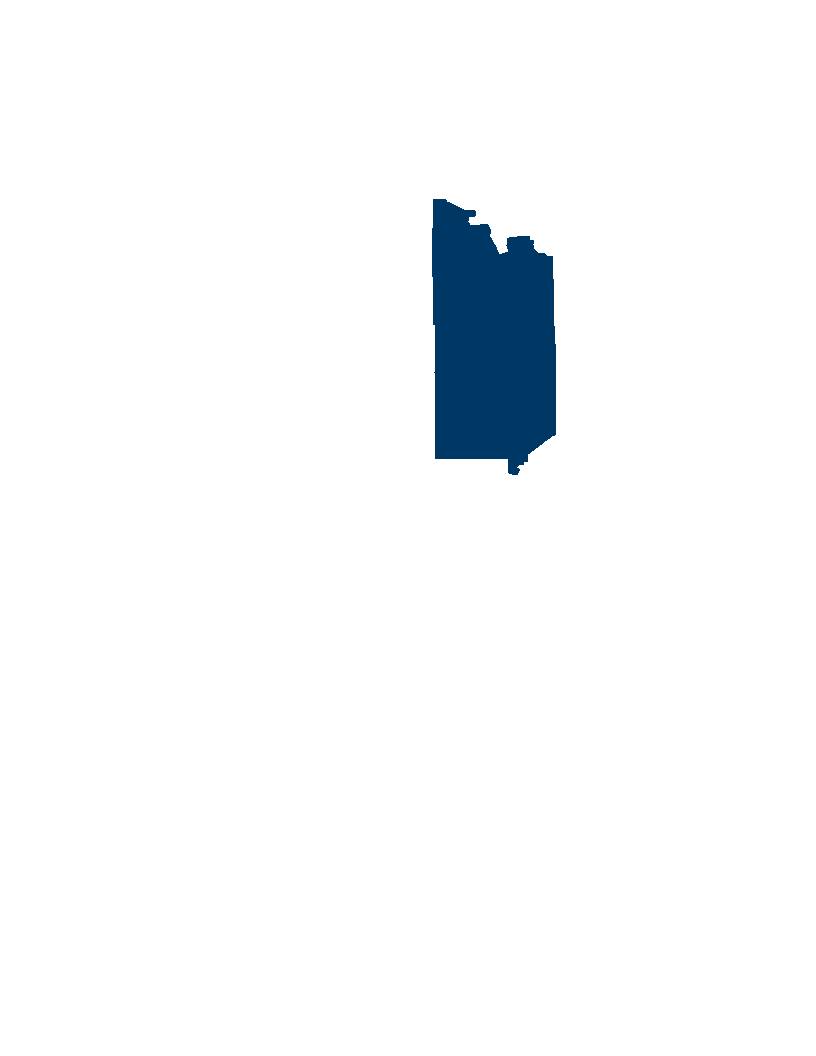Ballast Water Sampling Method Development and Treatment Technology
Project Overview
Ballast water - water carried in tanks on ships to help provide stability and aid steering - is likely the single greatest source for introduction of non-native and invasive aquatic species. Ballast water is collected in one body of water and discharged into another body of water, usually large distances apart. Options exist for treating ballast water prior to discharge in order to prevent these introductions, but they have not been tested in freshwater environments such as the Great Lakes. Through this appropriation, the Minnesota Pollution Control Agency, Minnesota Department of Natural Resources, and Northeast Midwest Institute are cooperating to conduct monitoring for aquatic invasive species in ballast water discharge in Lake Superior, test the effectiveness of ballast water treatment options in a freshwater environment, and accelerate installation of treatment options that prove effective.
Overall Project Outcome and Results
Safe and effective ballast water treatment (BWT) is the best way to prevent ship-mediated introductions of invasive species in the Great Lakes. However, knowing whether a proposed BWT works in freshwater, and whether it is used properly by a ship is a difficult challenge for the Minnesota Pollution Control Agency (MPCA) and other regulators. BWTs with International Maritime Organization (IMO) approval have never been tested in natural fresh water, and there are no agreed methods for monitoring ballast discharge from ships. This project assisted the MPCA through accomplishing a) IMO-consistent freshwater validations of two promising BWTs at the Great Ships Initiative (GSI) freshwater testing facility, and 2) design, installation and demonstration of a credible and feasible ballast discharge sampling method for Great Lakes ships. The IMO-approved PureBallast system (AlfaLaval), performed well in tests overseas, but did not function effectively in the GSI test, likely due to clogging by freshwater filamentous algae (see http://www.nemw.org/GSI/GSI-LB-F-A-2.pdf). This outcome informs MPCA that IMO-approval does not by itself assure freshwater effectiveness. The other BWT tested, a lye-based system aimed at US lakers, performed better (see http://www.nemw.org/GSI/GSI-LB-F-A-3.pdf), warranting refinement and shipboard testing. The project's ship sampling system proved a) applicable to the Great Lakes fleet, as demonstrated by project installation plans for 10 ships; b) cost-effective, as demonstrated by installations on 5 ships; and c) feasible, as demonstrated by sampling exercises on 2 ships. A detailed guidebook (see http://www.nemw.org/GSI/ballastDischargeMonitoringGuidebook.pdf) equips MPCA with the project method. All sample ports are permanent installations. The remaining four installations and seven tests will take place in 2012 using Department of Transportation, Maritime Administration funds. GSI will collect and analyze data on live organisms in ballast water discharge sampled in 2011 and 2012, and will post outcomes on the GSI website (http://www.greatshipsinitiative.org) and forward them to the MPCA.
Project Results Use and Dissemination
Final reports on ballast treatment tests performed pursuant to this grant, and the guidebook developed for ship discharge sampling, have been posted on the GSI public website (www.greatshipsinitiative.org). The project forwarded final reports on ballast treatment performance tests to the United States Environmental Protection Agency (USEPA) Science Advisory Board which reported to the USEPA and the USCG on availability of ballast treatment technology in 2011. NEMWI presented the sampling method developed through this project to an international gathering of ballast discharge researchers and regulators (Global R&D Forum and Exhibition on Ballast Water Management in a session on ballast treatment testing and compliance monitoring in Istanbul Turkey in the fall of 2011), and will submit the guidebook as a manuscript for the conference proceedings.
Project Publications:
Final Report of the Land-Based, Freshwater Testing of the AlfaWall AB PureBallast Ballast Water Treatment System (PDF - 1.8 MB)
Final Report of the Land-Based, Freshwater Testing of the Lye (NaOH) Ballast Water Treatment System (PDF - 2 MB)
A Ballast Discharge Monitoring System for Great Lakes Relevant Ships: A Guidebook for Researchers, Ship Owners, and Agency Officials (PDF - 1.5 MB)
$300,000 is from the trust fund and $66,000 is from the Great Lakes protection account to the commissioner of the Pollution Control Agency in cooperation with the Department of Natural Resources to conduct monitoring for aquatic invasive species in ballast water discharges to Minnesota waters of Lake Superior and to test the effectiveness of ballast water treatment systems.
Click on "Final Report" under "Project Details".
Click on "Final Report" under "Project Details".
Great Lakes Protection Account


